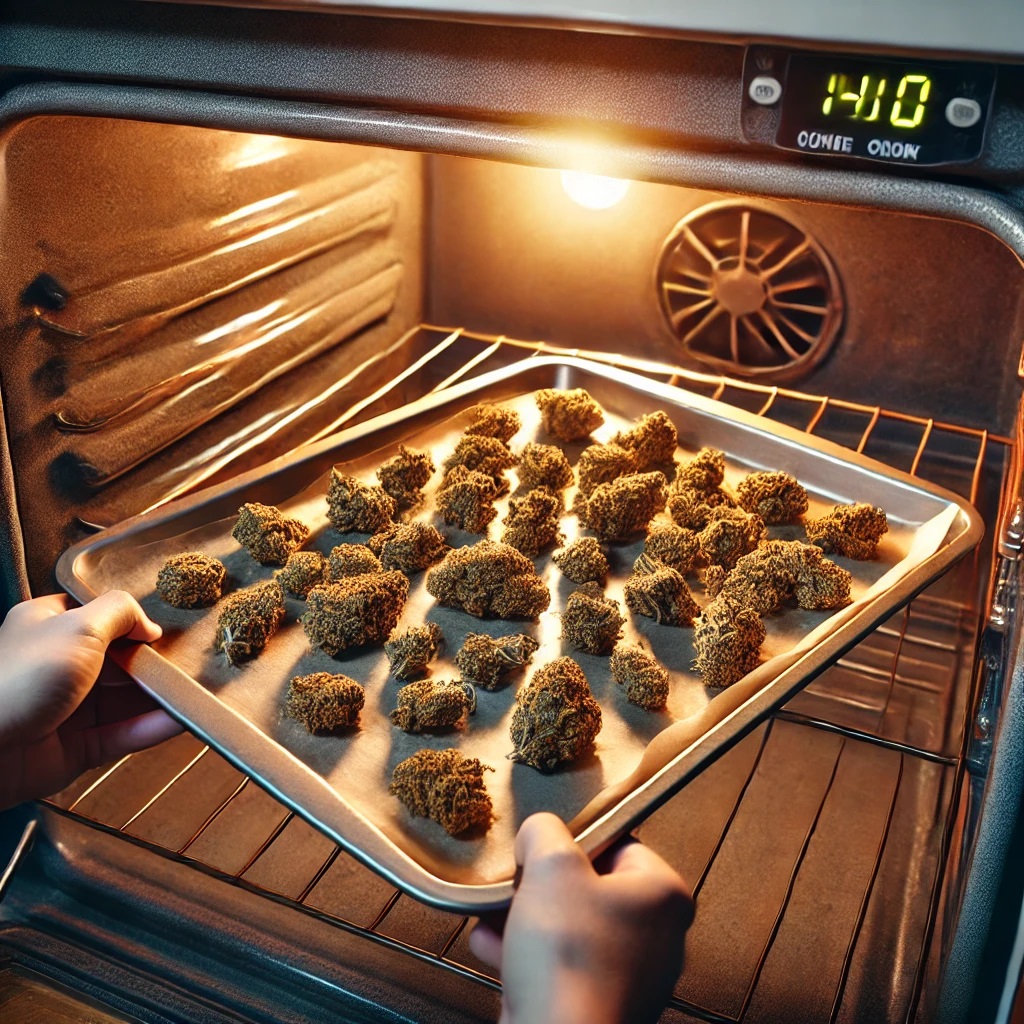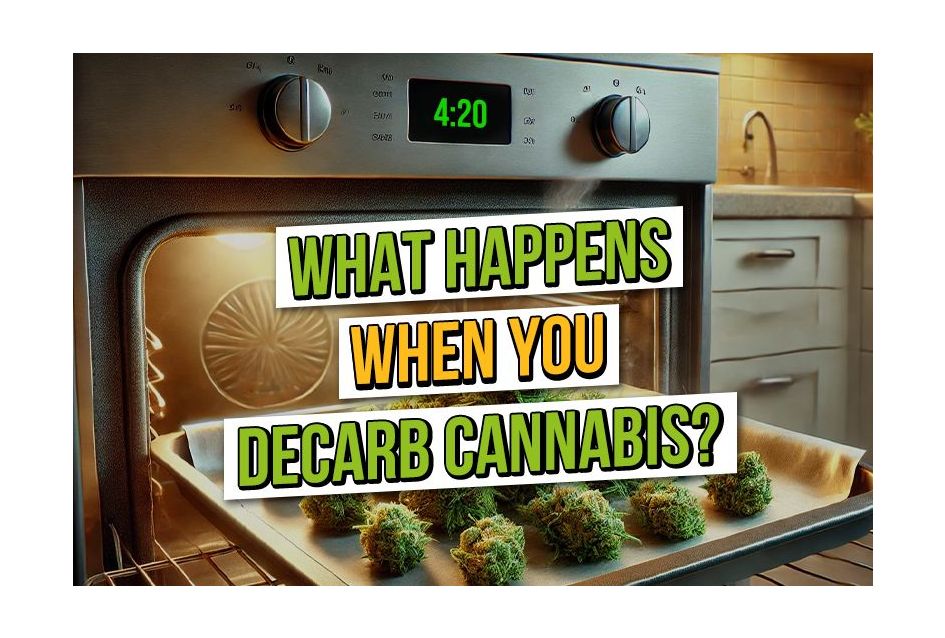What Happens When You Decarb Cannabis
Decarbing Cannabis
What is Decarboxylation, and Why Does It Matter?
Raw cannabis (the freshly harvested plant) contains loads of locked-away potential in the form of acidic cannabinoids. Unprocessed cannabis is full of THCA, the cannabinoid that, in its raw state, doesn't produce psychoactive effects, unlike THC, which, under the right conditions, is what THCA becomes. It works the same for others, too; take CBD; before we use its therapeutic properties, it has to transform from its raw state (CBDA) to CBD.
Sounds complicated, right? No, no really. Transforming THCA and CBD from their natural raw form is simple. And if you've ever baked cannabis cookies or infused oil, you've had to use this process. What's the answer? Heat! We like it hot, but crucially, not too hot. By applying heat to cannabis, and creating a chemical reaction, the carboxyl group is removed, and the raw cannabinoids are transformed into their active forms like THC and CBD.
How Does Decarboxylation Work?
Decarboxylation involves applying consistent heat over time. This can happen in several ways:
- Smoking or vaping: If you smoke or vape, the heat instantly decarbs the cannabinoids, making them active right before inhalation. In turn, getting you high.
- Baking or cooking: For edibles, cannabis is typically decarbed at a lower temperature over a more extended period before being infused into oils, butter, or other ingredients.
The key to effective decarboxylation is finding the sweet spot between heat and time—enough to activate the cannabinoids but not so much that you burn off the beneficial compounds.
THCA to THC
When it comes to recreational cannabis use, the main goal of decarbing is to convert THCA into THC so we can get high. THCA in its raw form won't get you high because it doesn't bind well to CB1 receptors in your brain. Once it's transformed into THC through decarboxylation, however, you'll experience the familiar euphoric effects associated with cannabis.
CBDA to CBD
If you're after therapeutic benefits rather than a high, decarbing is still essential. CBDA, the acidic precursor to CBD, has some potential benefits. However, it's CBD that interacts more effectively with the body's endocannabinoid system to provide relief from anxiety, pain, and inflammation.

When and How to Decarb Cannabis
If you didn't know already, we now know the decarb process is essential to pretty much whatever you plan with cannabis. If it's worth doing, do it properly. Let's talk about how. The aim of the game is to activate as many cannabinoids as possible while not destroying any of the terpenes.
Optimal Temperature and Time
- For THC-rich cannabis: Bake at 220°F (104°C) for 30–45 minutes.
- For CBD-rich cannabis: Bake at 230°F (110°C) for 40–60 minutes.
Play it like Goldie locks on this one, and get it just right. If the temperature is too low, the decarboxylation process won't fully activate the cannabinoids. If it's too high, you risk burning off not just cannabinoids but also terpenes, which are responsible for the flavour and additional therapeutic properties of the plant. Do that, and it's game over.
A Step-by-Step Guide to Decarbing at Home
- Preheat your oven to the desired temperature.
- Grind your cannabis lightly. You want it coarse, not too fine, to prevent burning.
- Evenly Spread the cannabis on a baking tray lined with parchment paper.
- Heat for the recommended time, keeping an eye on it to avoid overcooking.
- Let it cool before using it to make your infusions.
How Decarboxylation Enhances Your Cannabis Experience
- Unlocks Psychoactive Effects: Without decarbing, you won't feel the high that comes from THC. Whether you're vaping, smoking, or eating edibles, this step is non-negotiable if you want the whole experience.
- Activates Therapeutic Benefits: Many of cannabis's medicinal properties are only accessible once the cannabinoids are in their active forms. Whether it's for pain relief, anxiety reduction, or inflammation control, decarbing ensures you get the maximum benefit.
- Preserve Flavour and Aroma: If done properly, decarbing will preserve the terpenes that give cannabis its flavour and smell. If things get too hot during the process, it will kill off the cannabinoids, and you'll be left with dead plant matter.
Final Thoughts
Decarboxylation might sound technical, but it's a simple process that makes a massive difference in the way cannabis affects you. And you've probably already done it and think it's much easier than it sounds. Hopefully, our guide will refine your process and you'll be decarbing like a professional in no time.

